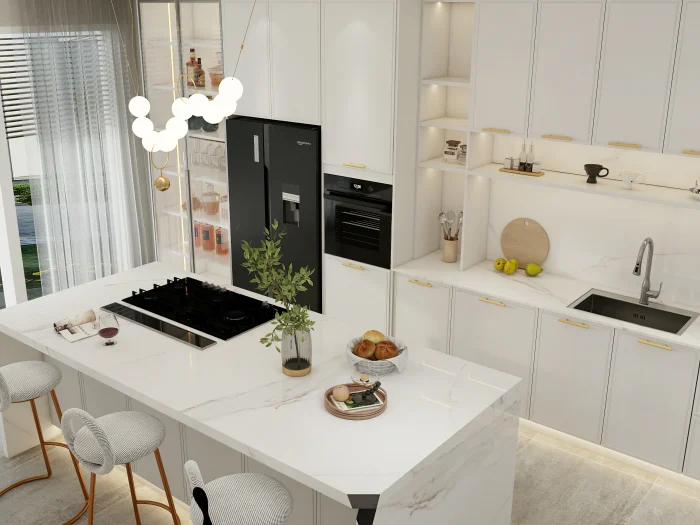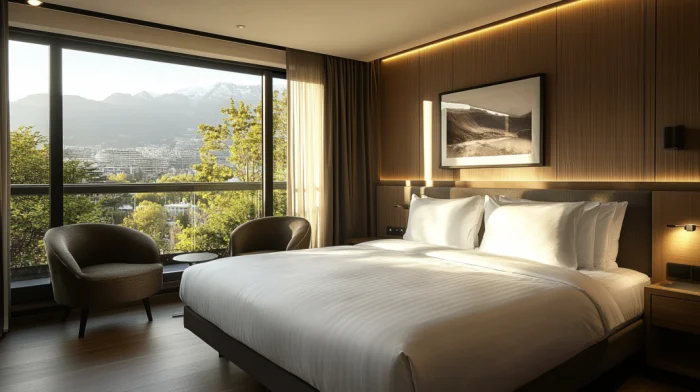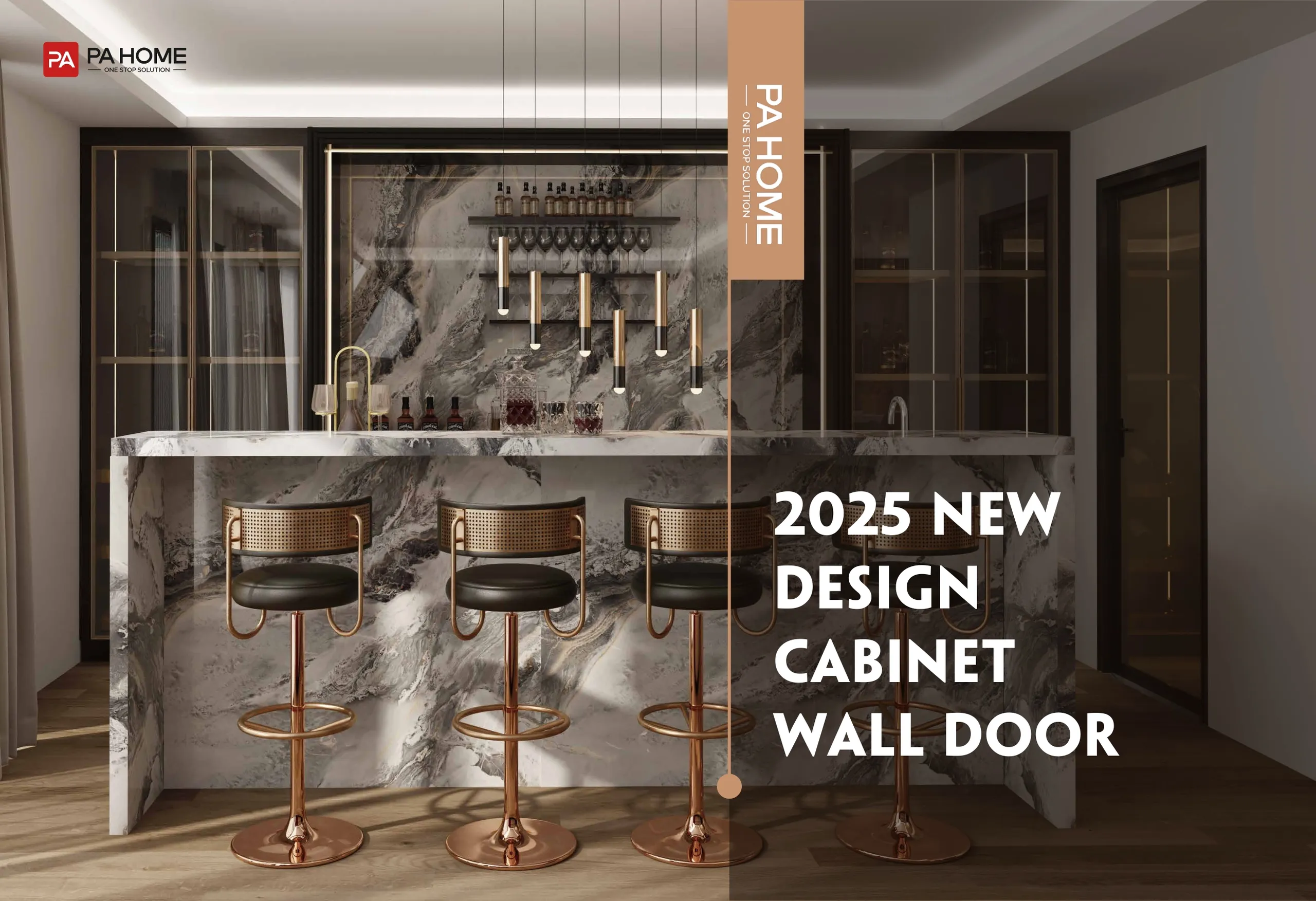Sliding door wardrobes have become a staple in modern interior design. They are often chosen for their sleek appearance, space-saving functionality, and versatility. But are they the right choice for your home? In this article, we’ll take a deep dive into the pros and cons of sliding door wardrobes, providing you with all the insights you need to make an informed decision.
Why Should You Consider a Sliding Door Wardrobe?
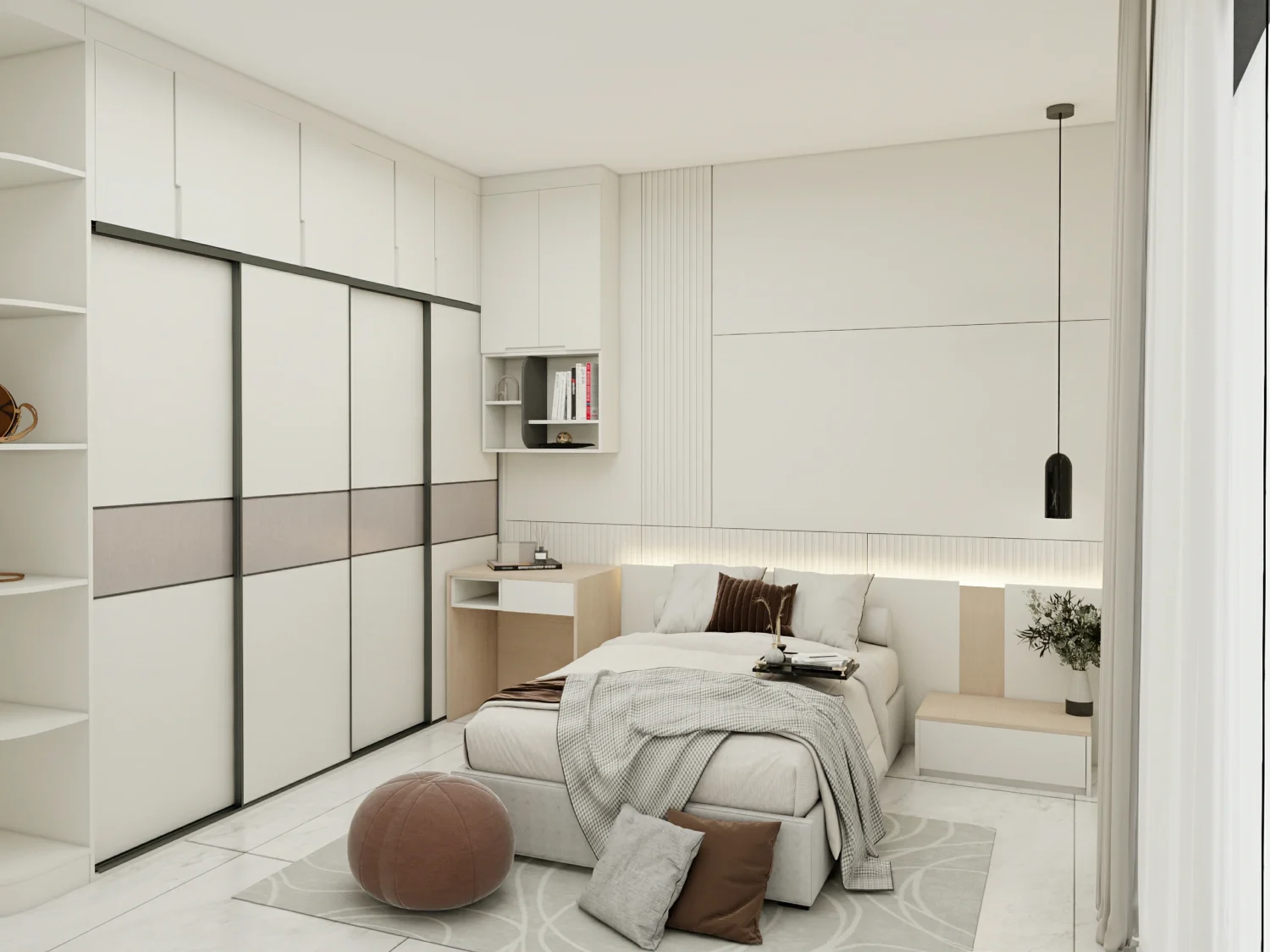
When it comes to maximizing space in smaller rooms, sliding door wardrobes are a game-changer. Instead of needing space for doors to swing open, these wardrobes simply glide, allowing you to make the most of every inch of your room. This is especially useful for compact bedrooms, hallways, or any area where floor space is at a premium.
Space-saving Design:
One of the most obvious reasons to consider a sliding door wardrobe is its ability to save space. In a crowded bedroom or a hallway, traditional hinged doors can take up a lot of space. But with sliding doors, you don’t need to worry about door clearance. This feature allows for more creative furniture arrangements and ensures that even the smallest of rooms can feel larger.
Sleek Aesthetics:
Sliding door wardrobes add a modern touch to any room. Whether you’re opting for sleek glass panels or mirrored finishes, these wardrobes enhance the overall aesthetic of the space. They offer a streamlined, minimalist look that complements contemporary decor styles.
Customizable Options:
Another advantage of sliding door wardrobes is the wide range of customizable options available. You can choose from different materials like wood, glass, or metal to suit your style. Additionally, the design flexibility allows you to pick the perfect color, size, and internal configurations to match your specific needs.
What Are the Common Drawbacks of Sliding Door Wardrobes?
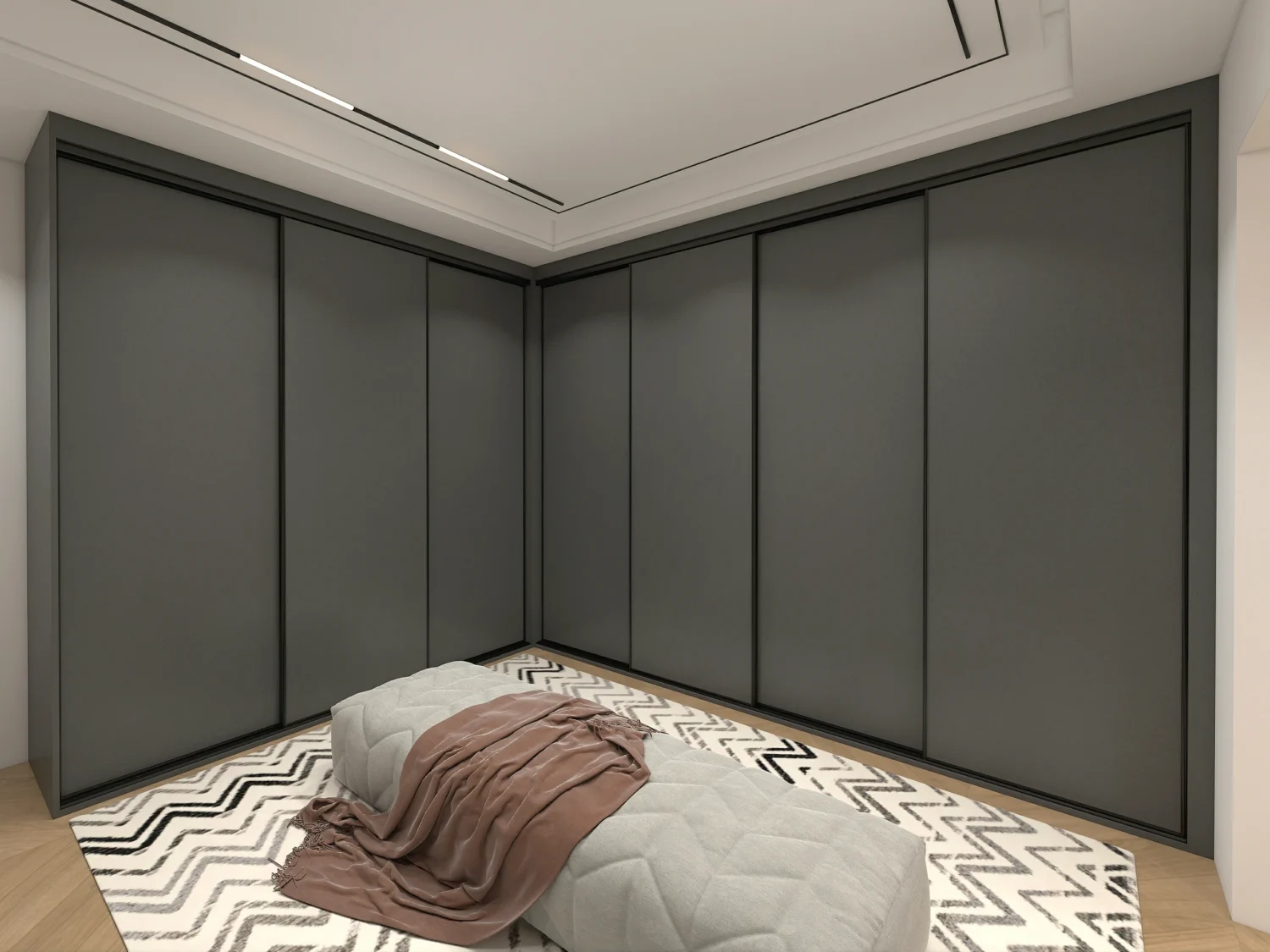
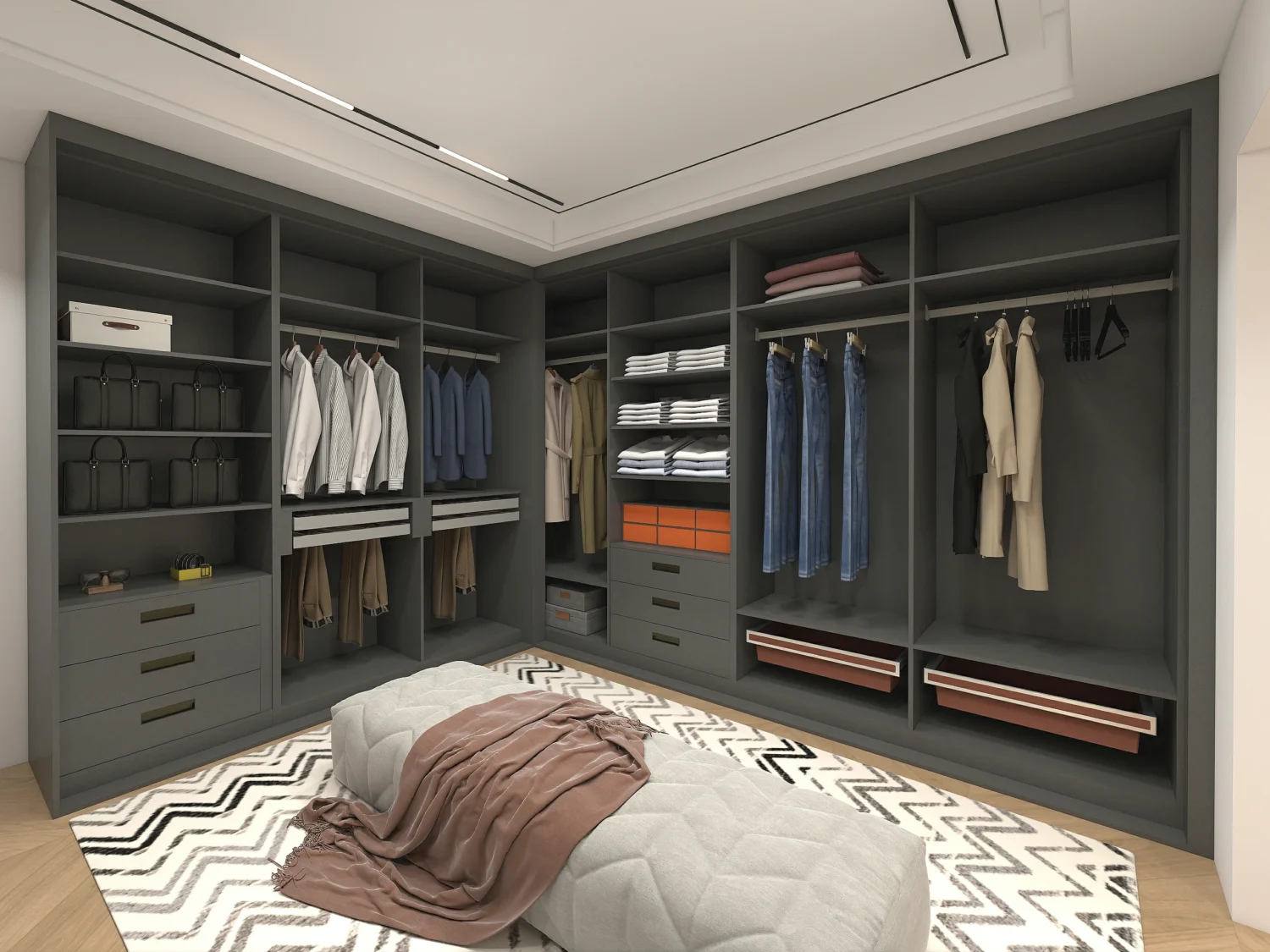
While sliding door wardrobes offer many benefits, they’re not without their challenges. Here are some common issues to consider before making your purchase.
Higher Initial Cost:
One of the major drawbacks of sliding door wardrobes is their higher initial cost. Compared to traditional hinged wardrobes, sliding wardrobes tend to be more expensive, both in terms of materials and installation. However, considering the long-term benefits, they may be a worthwhile investment for those with the budget for it.
Potential for Track Misalignment:
Over time, the tracks that the sliding doors move on can become misaligned, leading to difficulty in opening and closing the doors. This issue can be frustrating, but it can usually be fixed with some maintenance. It’s important to consider the quality of the tracks and rollers when purchasing to minimize this risk.
Limited Access:
Because sliding doors only open halfway, accessing the full contents of the wardrobe can be difficult. If you store many items in the wardrobe, you may find yourself constantly reaching into tight spaces. This can be mitigated by choosing wider door panels or designing the wardrobe to suit your storage needs.
Noise Issues:
If not properly maintained, sliding doors can make noise when they move. Over time, dirt, dust, and wear can cause the rollers to become noisy, detracting from the smooth, quiet operation that these wardrobes are known for. Regular cleaning and lubrication are essential to keep the doors operating smoothly.
Learn more about wardrobe door types: what-are-the-types-of-closet-doors
| Feature | Sliding Door Wardrobe | Hinged Door Wardrobe |
|---|---|---|
| Space Efficiency | Saves space, ideal for small rooms | Requires more space for door clearance |
| Maintenance | Requires track and roller maintenance | Easier to repair, fewer moving parts |
| Aesthetic Appeal | Modern, sleek, customizable designs | Traditional, can be bulky depending on design |
| Cost | Generally more expensive | Less expensive, more budget-friendly |
| Noise | Quieter operation with proper maintenance | Can be noisy due to hinge mechanisms |
| Customization Options | Highly customizable with adjustable shelves and compartments | Limited customization in terms of internal layout |
How Do Sliding Door Wardrobes Compare to Hinged Alternatives?
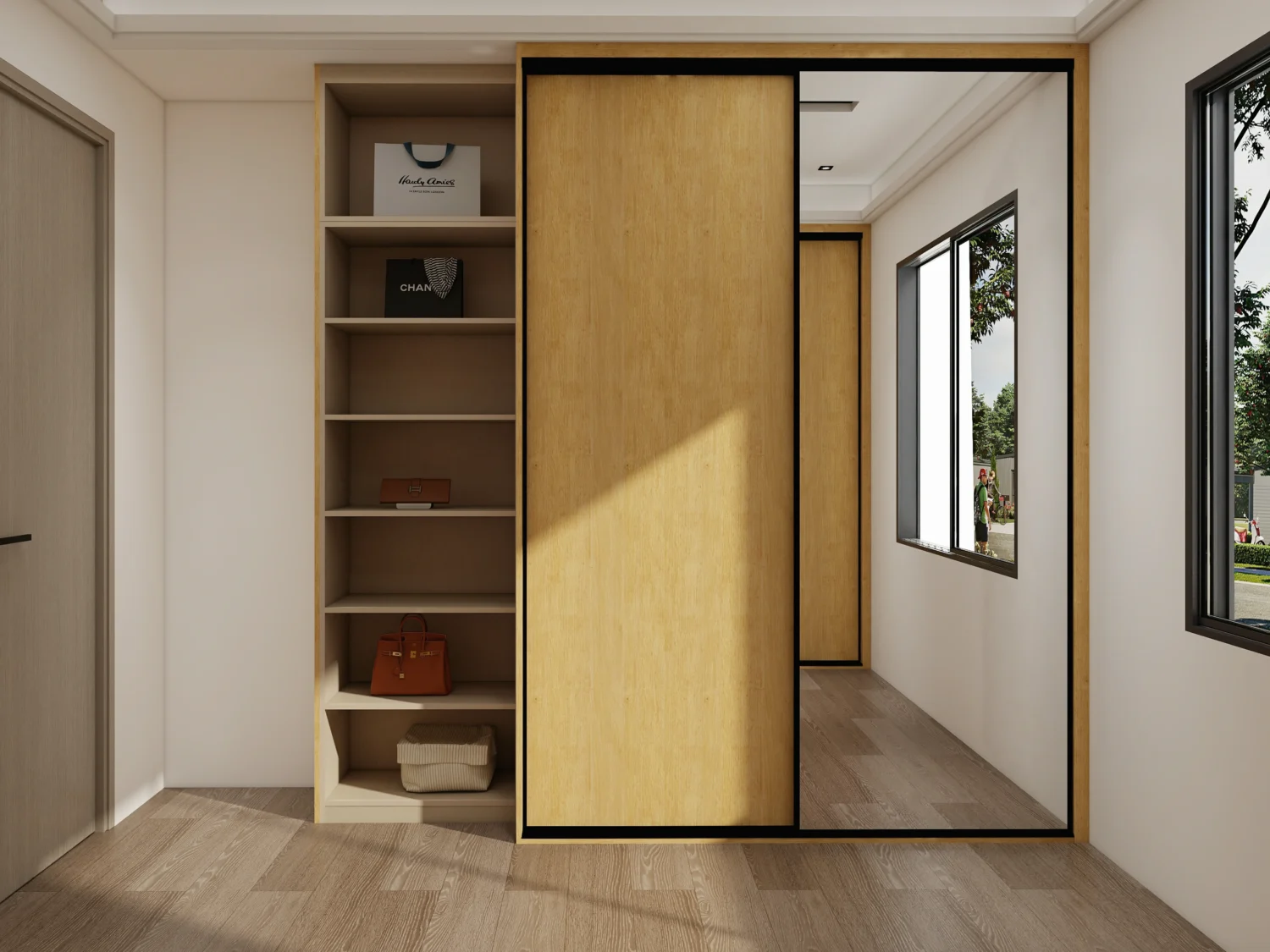
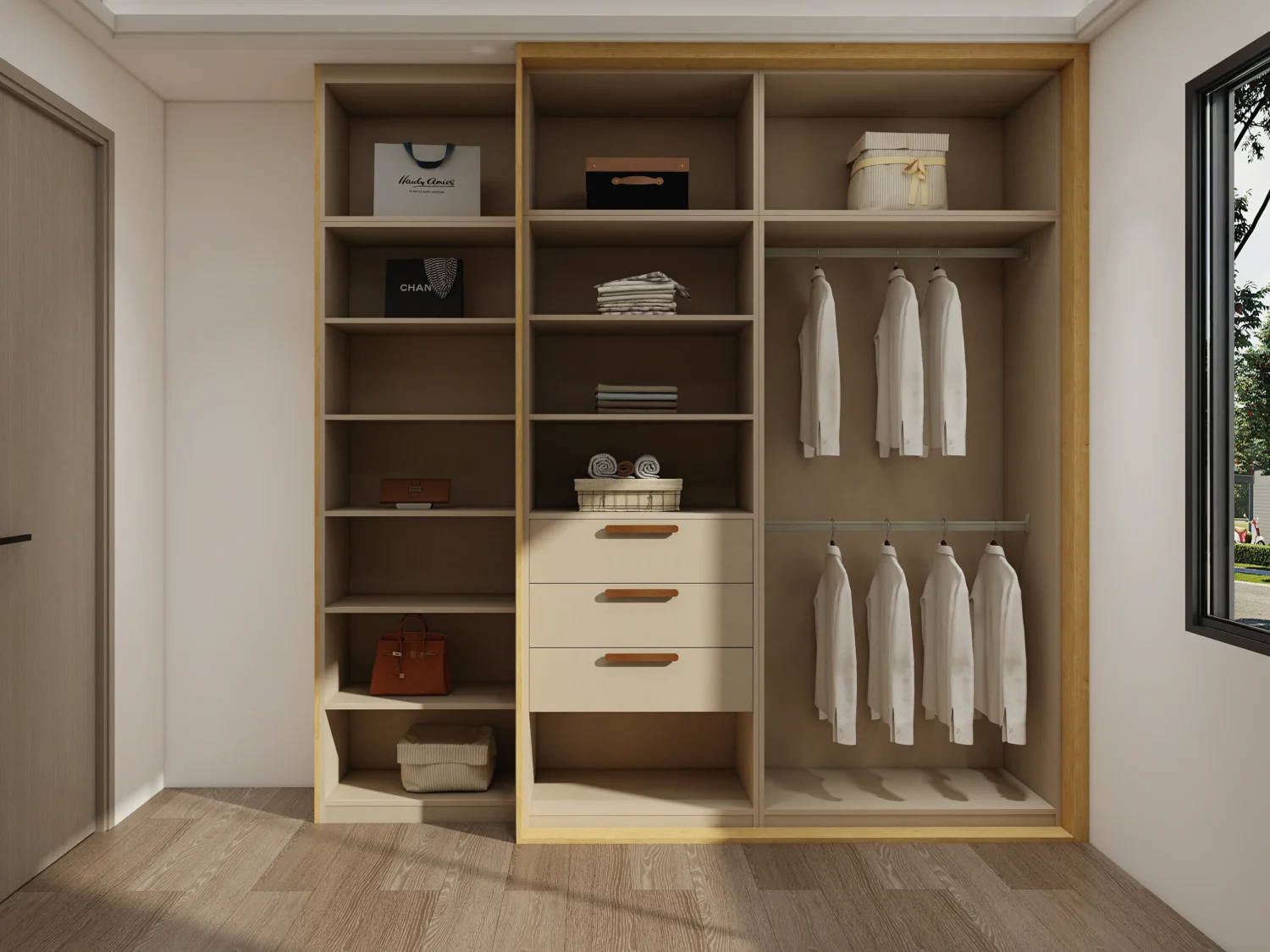
So, how do sliding door wardrobes stack up against their hinged counterparts? Let’s break down the key differences.
Space Utilization:
Hinged wardrobes require extra space for the doors to swing open, which can be problematic in smaller rooms. Sliding doors, on the other hand, don’t need this extra space, making them the better choice for rooms with limited space.
Accessibility:
When it comes to accessing the wardrobe, hinged doors provide full access to the interior. Sliding doors only give you partial access at a time, which can be inconvenient if you need to grab several items quickly. If you store large items or need constant access, a hinged wardrobe may be a better option.
Maintenance and Repair:
Hinged doors are typically easier to repair, as there are fewer moving parts. Sliding doors require track and roller maintenance to ensure smooth operation, and if the tracks become misaligned, it may require more effort to fix. Therefore, sliding doors may need more attention over time.
Aesthetic Appeal:
Both sliding and hinged doors come in a variety of materials and designs, but sliding doors often provide a more contemporary, sleek look. Hinged doors, however, may suit more traditional or rustic interiors, offering a classic aesthetic.
What Should You Consider Before Installing a Sliding Door Wardrobe?
Before installing a sliding door wardrobe, there are a few key factors to consider to ensure it’s the right fit for your space.
Room Dimensions and Layout Compatibility:
Consider the size of the room and the wardrobe’s placement. While sliding wardrobes are perfect for smaller rooms, you’ll need to ensure there’s enough space for the doors to slide open without obstruction.
Material Choices:
Sliding door wardrobes come in various materials, such as wood, glass, or mirrored finishes. Choose the material that best suits your style, needs, and budget. Glass doors, for example, can add a sophisticated touch, while mirrored doors reflect light and create the illusion of space.
Customization Options:
Make sure the wardrobe is customizable to suit your storage needs. Many sliding door wardrobes offer modular interiors, allowing you to adjust shelves, drawers, and hanging space according to your preferences.
Budget Planning:
Sliding door wardrobes can be more expensive than traditional options, so it’s essential to factor this into your budget. However, investing in a high-quality, durable wardrobe may save you money in the long run by reducing the need for frequent repairs.
How Can You Ensure Longevity and Smooth Operation?
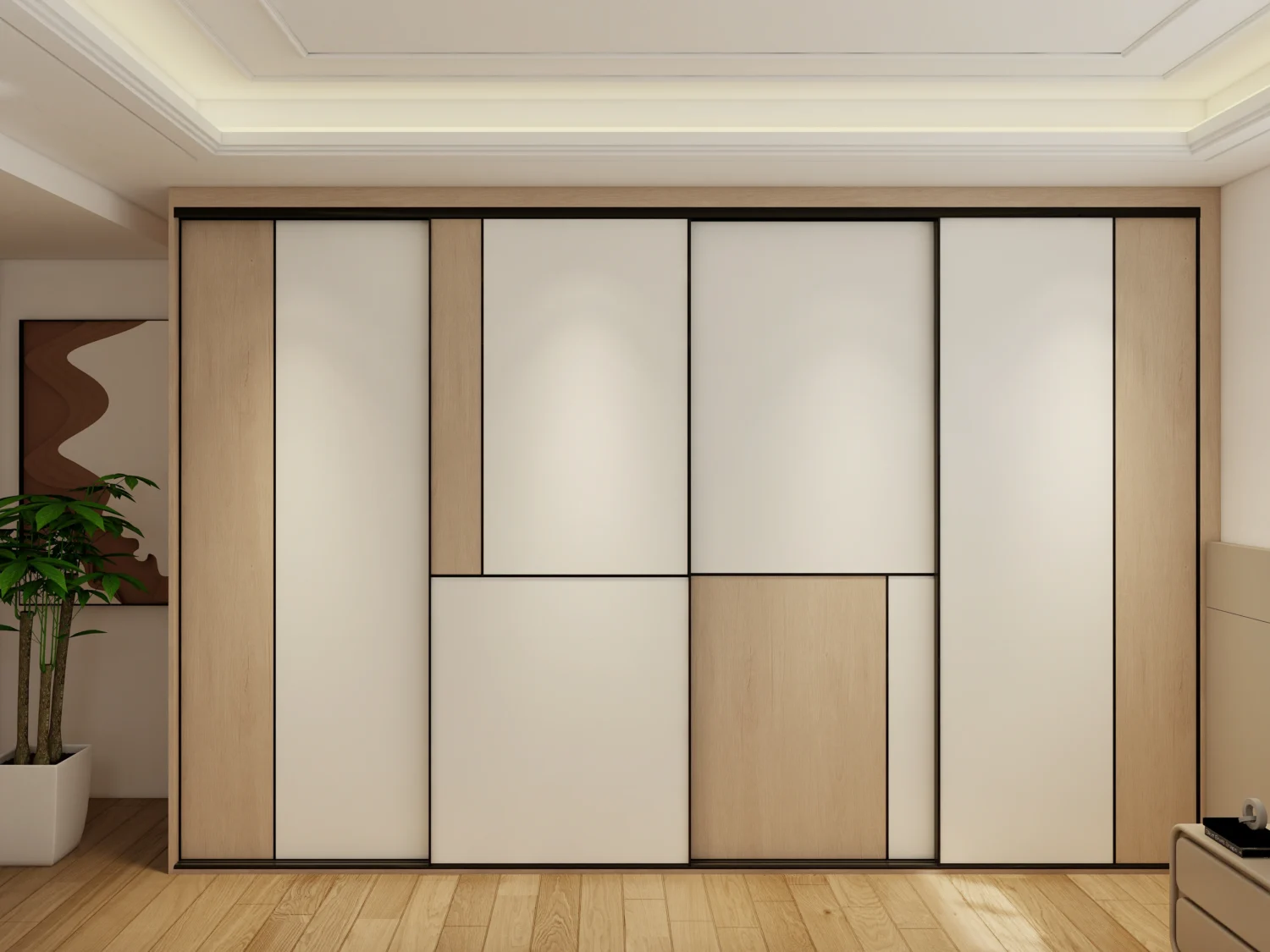

To keep your sliding door wardrobe functioning smoothly for years, consider the following tips.
Regular Cleaning and Lubrication:
Keep the tracks and rollers clean to prevent dust and debris from causing friction. Lubricate the tracks occasionally to ensure smooth movement.
Proper Installation:
Ensure the wardrobe is properly installed by a professional to avoid misalignment issues. A correctly installed sliding door wardrobe will operate smoothly and last longer.
Quality Materials:
Invest in a wardrobe made from high-quality materials. Cheaper options may wear out faster, so look for products with durable tracks and rollers.
User Habits:
Avoid overloading the wardrobe, which can strain the tracks and make it harder to open and close the doors. Keep the wardrobe organized and only store items that fit within the allotted space.
Are There Budget-Friendly Alternatives to Sliding Door Wardrobes?
If sliding door wardrobes are out of your budget, there are some alternatives you can consider.
Hinged Door Wardrobes:
Hinged wardrobes tend to be less expensive and easier to maintain. While they take up more space, they provide full access to the wardrobe’s contents.
Modular Wardrobe Systems:
Modular wardrobes offer flexible storage solutions and are typically more affordable than sliding door wardrobes. These systems allow you to add or remove components as needed to suit your space.
DIY Solutions:
If you’re on a tight budget, consider building a simple wardrobe with materials like plywood or MDF. While it won’t have the sleekness of a sliding door wardrobe, it can still provide ample storage.
What Are the Latest Trends in Sliding Door Wardrobe Designs?
Sliding door wardrobes continue to evolve, with new trends emerging to meet the needs of modern homeowners.
Smart Technology:
Some sliding door wardrobes now incorporate smart technology, such as built-in lighting or motion sensors that automatically open the doors. These features add convenience and sophistication to your wardrobe.
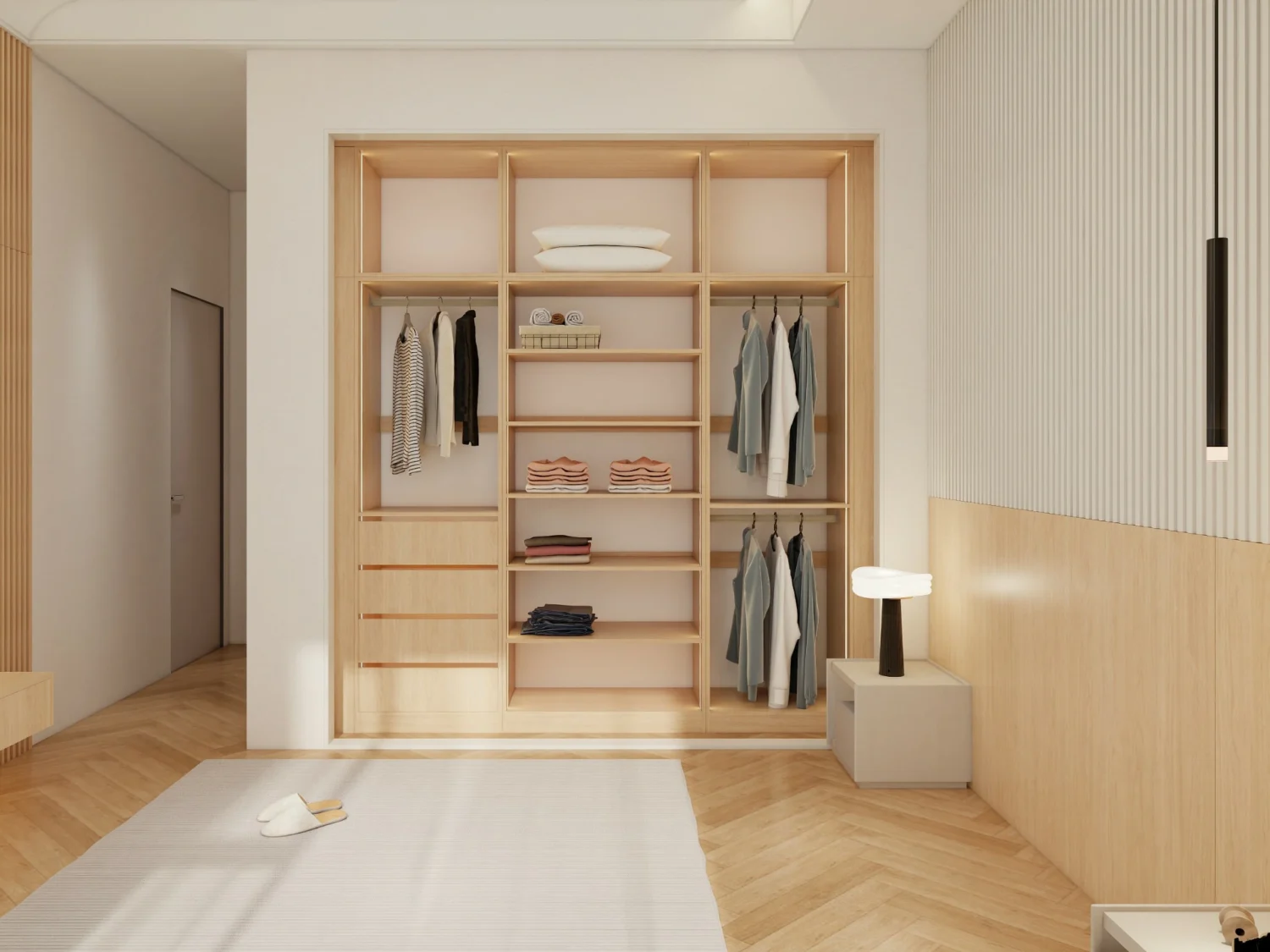
Sustainable Materials:
Eco-conscious consumers are opting for wardrobes made from sustainable materials, such as reclaimed wood or recycled glass. These materials not only help the environment but also add a unique, rustic touch to your wardrobe.
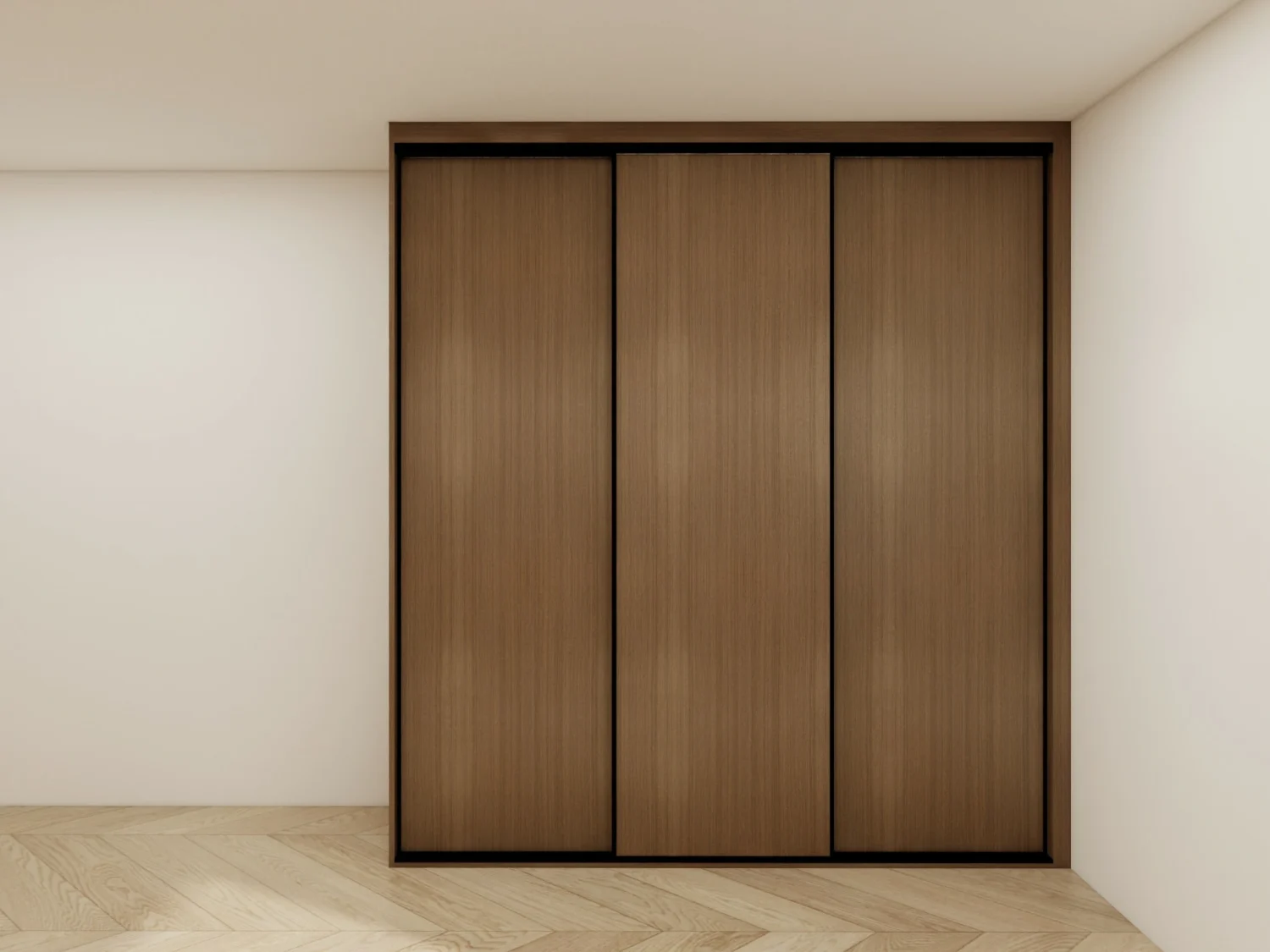
Minimalist Designs:
Handleless sliding doors are becoming increasingly popular, offering a sleek, minimalist look. These doors are perfect for those who prefer clean lines and a simple, uncluttered aesthetic.
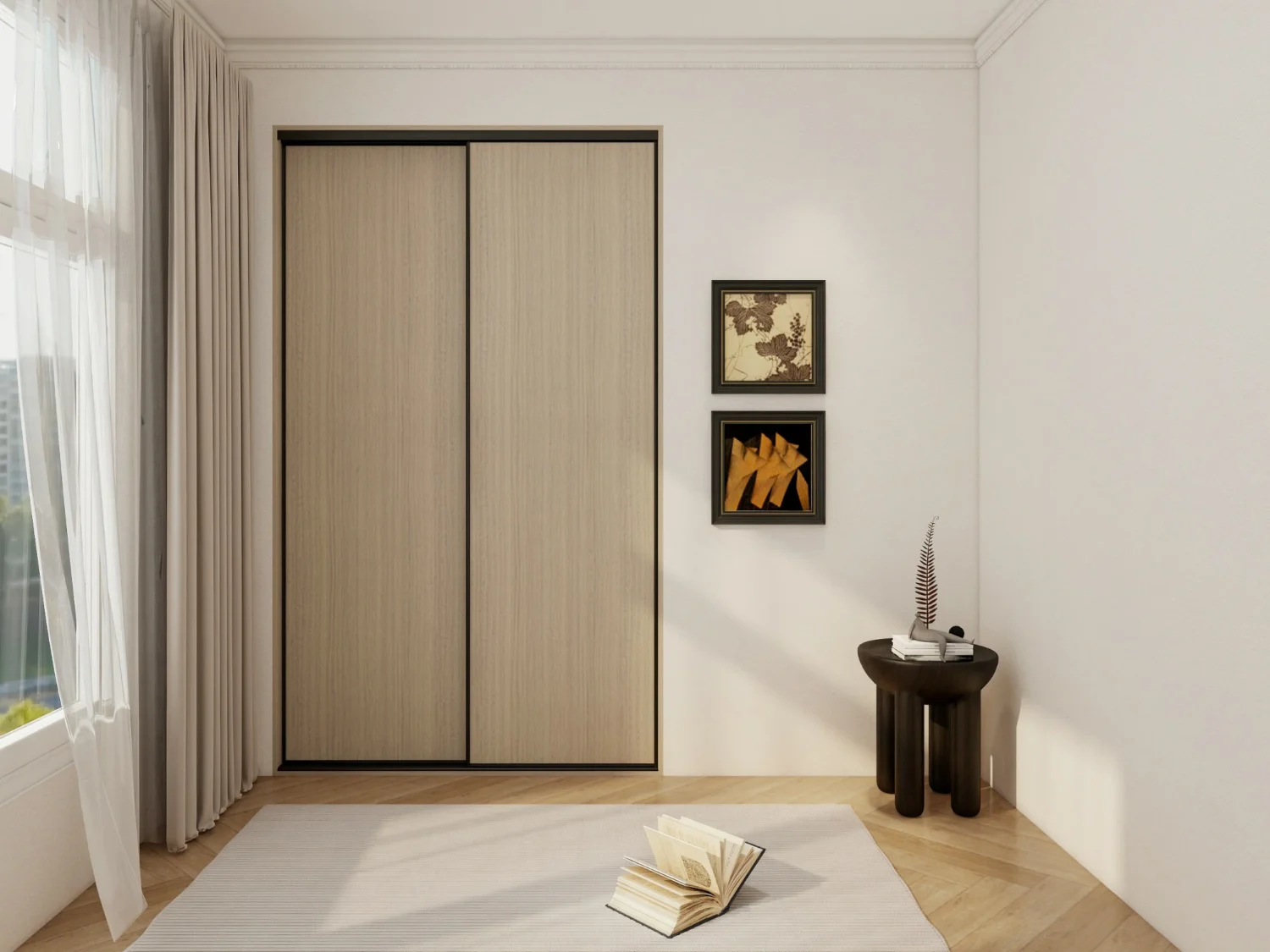
Customization Options:
Modern sliding door wardrobes offer a wide range of customizable options, including adjustable shelves, drawers, and compartments, allowing you to design a wardrobe that fits your exact needs.
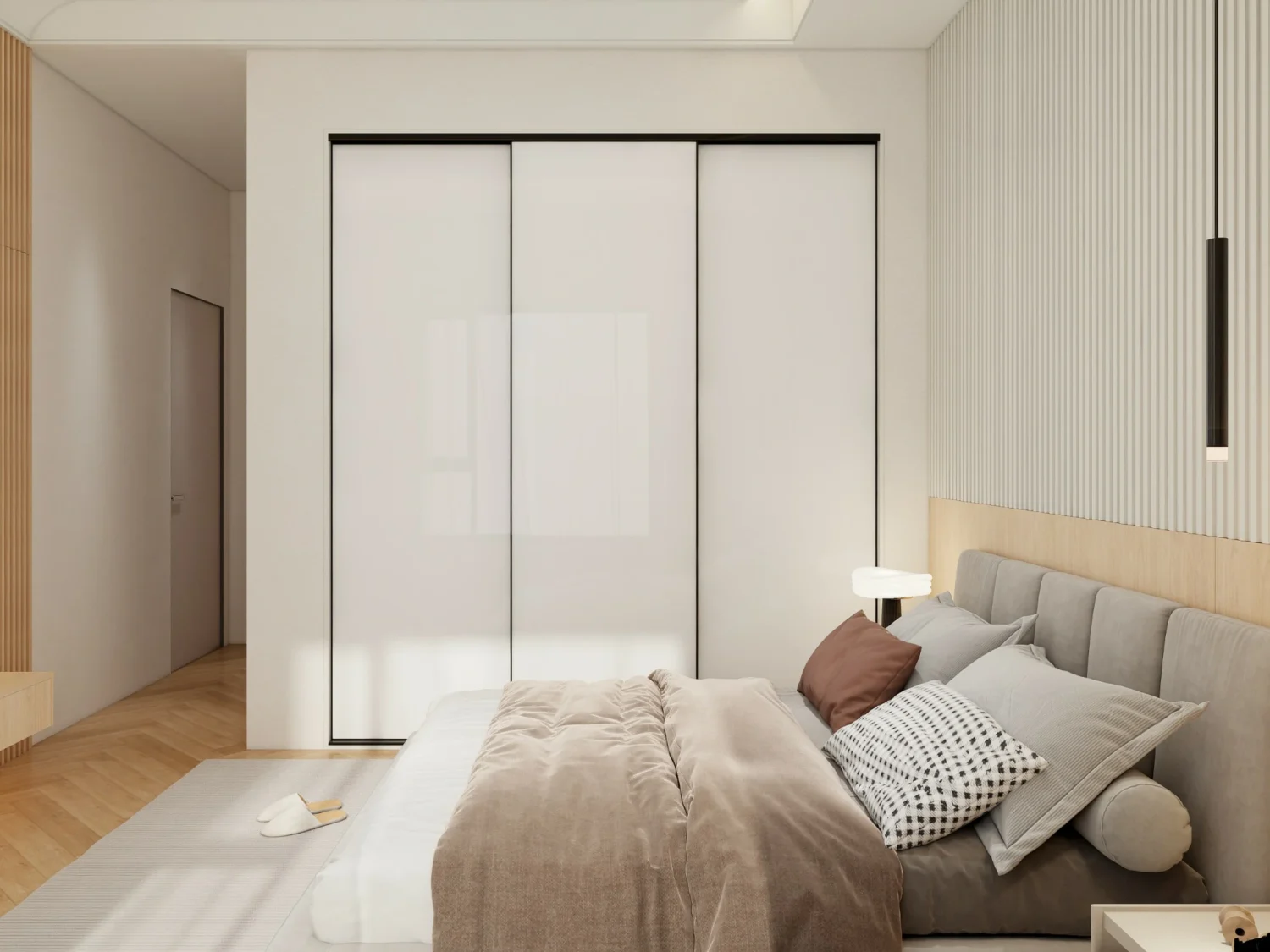
Conclusion
Sliding door wardrobes offer a blend of style and functionality that makes them an excellent choice for modern homes. However, they come with some challenges, such as higher costs and maintenance needs. By carefully considering the pros and cons, you can determine if a sliding door wardrobe is the right choice for your home.
For more personalized advice and to explore our wide range of sliding door wardrobes, feel free to contact us!
FAQs
The best materials for sliding door wardrobes depend on your aesthetic preferences and budget. Popular options include wood, glass, and mirrored finishes. For an eco-friendly option, consider sustainable materials like reclaimed wood or recycled glass, which also add a unique rustic touch.
Absolutely! Modern sliding door wardrobes come with a wide range of customization options, including adjustable shelves, drawers, and unique finishes. This allows you to design a wardrobe that fits your specific needs and matches your home’s interior style.
Yes, sliding door wardrobes are an excellent option for small rooms. They help maximize floor space by eliminating the need for doors to swing open, allowing for more flexible furniture placement and maintaining a clean, uncluttered look.

